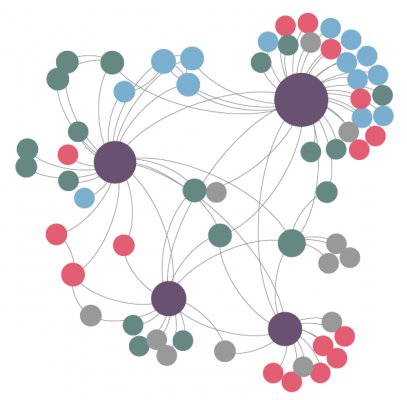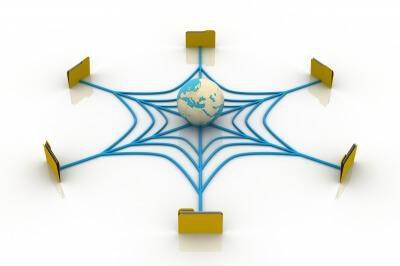Scroll down for more…

NOTICE: Visual Software Has Closed
As the result of a combination of unforeseen events, Visual Software had to close its doors in the summer of 2023. Current customers can contact rchutch@visualsi.com if assistance is needed with software that is still in use. We would like to extend our gratitude to all the customers who played a significant role in our achievements throughout our 28 years of service. The official documentation confirming the closure has been filed with the PA Department of Revenue.
Interoperable
Your life is connected, but for one reason or another, your data isn’t available when and where you need it. “They” tend to say the sharing process is too complex, it takes too long to implement, or it is simply too expensive to put in place.
If you think it shouldn’t be that difficult or expensive, we agree with you. We’ve solved the problem for any applications that share similar data both in small and large scale environments, in real time (as the data is entered).
We’ve also used this “interoperability” foundation to build complete, sustainable solutions for education and healthcare.
No Code / Low Code
Since 2001, Visual Software has been using a low code / no code approach to solving interoperability, education, and healthcare requirements.
“No Code” is a completely configurable application, requiring no assistance from a professional programmer to fully function. Visual Software products are all designed to be “no code” products and in most instances, a straightforward configuration is all that is needed to reach a full production-ready solution.
In some circumstances, the customer may extend the built-in functionality to interface the application with some custom code they have already developed. This is why we added “low code” features into our products – so that customers could interface their own custom code with a small, short web service or stored procedure.
Upcoming African Projects
We, along with The eNeighborhood Project (a 501(c)(3) non-profit) and several African partners, are beginning a new work among those in parts of Africa who have never had access to technology in education and healthcare because:
- their remote location and lack of infrastructure (electricity, Internet Access, equipment
- their level of income – we are mainly addressing countries where the average daily income is $2.50 UDS or less
- a lack of existing technical expertise
We believe that, through proper planning, we can provide these facilities in a truly sustainable manner. This would require an outside initial investment, but would set up communities with:
- Computer equipment (notebook computers)
- Long-lasting, low-power solar energy
- Wi-Fi and 3G/4G extenders so that community members can access content free of data charges
- Training, both at user and system levels, so that the communities can be supported locally, not depending on US support on a daily basis
- A budget plan that, along with the proper choice of durable equipment, can indefinitely sustain the communities, at a price level that is affordable by the community (between $200 and $300 per community per year)
For more information, see: African Projects
For more information on African partner organizations, see: African Implementation Partners
Products
Customers
We at Visual Software are committed to making sure that you understand the process, the risk, and the benefits in advance. We are committed to work with you to make sure you get a result that meets and even exceeds your expectations. Metaphorically, we won’t try to sell you a screwdriver if you really need a hammer (and all we have for sale are screwdrivers)– we will do our best to make sure your needs are met.
By hovering over an organization’s logo below, we will tell you a little more about them.
Latest News / Blog Articles
Large-Scale Environments?
We claim that our products scale from small to large implementations. Handling a small implementation is easy to imagine, but how large an implementation can our software support?
Read MoreMessage Distribution and Flow Control – Architecture Choices
One of the most common people believe is that when applications exchange information, the data flows between them most quickly when they are directly connected.
Read MoreSharing Information Between Unrelated Applications
In most larger organizations, several computer applications are used to support the process of managing the organization’s business, in one way or another. So, what is the “best” approach to managing the information that is shared by these applications?
Read More






























































